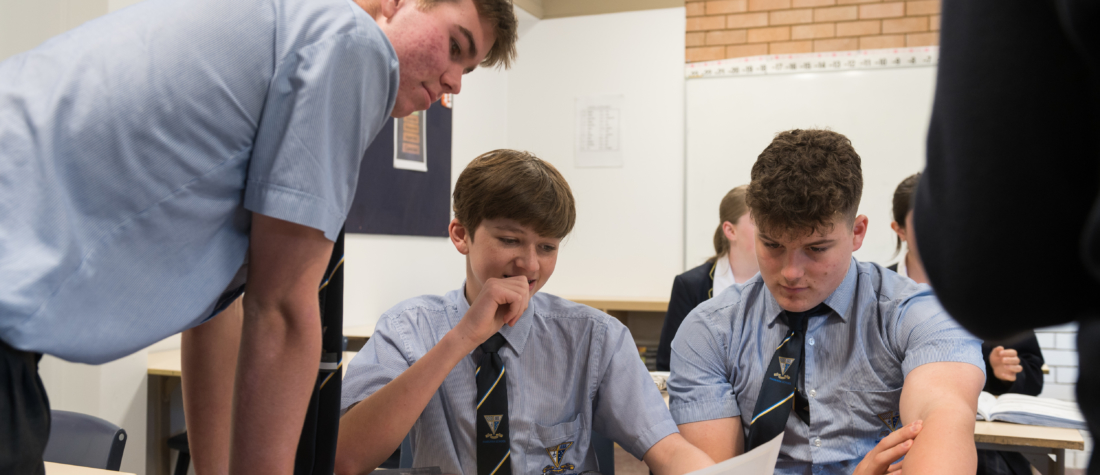Exploring Attribute One
As our students become more aware of their own thinking and the strategies that they use to learn, they become more “metacognitive”(1), that is, they are able to ‘zoom out’ from what they are learning and understand more of how they are learning. At Inaburra, we value this growth in metacognition since it gives students greater agency, or control, over their own learning, and makes their efforts more effective.
The new Inaburra Learning Framework (ILF) incorporates 6 key attributes of learning – THINK, QUESTION, COMMUNICATE, COLLABORATE, STRIVE and SERVE.
The first attribute, THINK is about the way into learning, and incorporates the habits of focusing, noticing and making links. The habit of focusing describes the interface between not being focused on anything in particular, or being focused on something else, to deciding to give one’s focus to the learning and getting into an attentive, or ‘flow’ state. It is actually very difficult to force ourselves to focus – there needs to be something about the learning that catches our interest. But we can certainly do things to recognise and reduce distractions and create optimal conditions for learning.
Noticing is a foundational habit for learning and creativity(2) which we use to observe and describe what is there(3). In our contemporary ‘screen’ culture, we skip over thousands of images each day, without really slowing down to be noticing anything for any length of time. Teachers play an important role in our classrooms to structure and hold space for students as they notice certain things through certain lenses, to support students staying long enough in a state of ‘not knowing’, and to help them get past the superficial engagement to perceive subtle nuances, patterns and details.(4)
The third habit under THINK is making links, which happens when students make connections between their current learning and their previous learning, or relate new material to another area in their lives. This habit is an important one for enabling students to feel the relevance of what they are learning in class to their lived experience or to an existing area of knowledge. As students recognise these connections, it helps them build schemas more effectively and to experience more ownership over their learning.
Inaburra Teaching & Learning Team
1. Ritchhart, R., Turner, T., & Hadar, L. (2009a). Uncovering students’ thinking about thinking using concept maps. Metacognition and Learning, 4 (2), 145 – 159.
2. Jefferson, M. & Anderson, M. (2021). Transforming Schools: Creativity, Critical Reflection, Communication, Collaboration. London: Bloomsbury.
3. Thinking moves that are integral to understanding – Ritchhart, R., Church, M. & Morrison, K. (2011). Making Thinking Visible. San Francisco: Jossey-Bass.
4. Claxton, G. (2002). Building Learning Power. Bristol: TLO.

